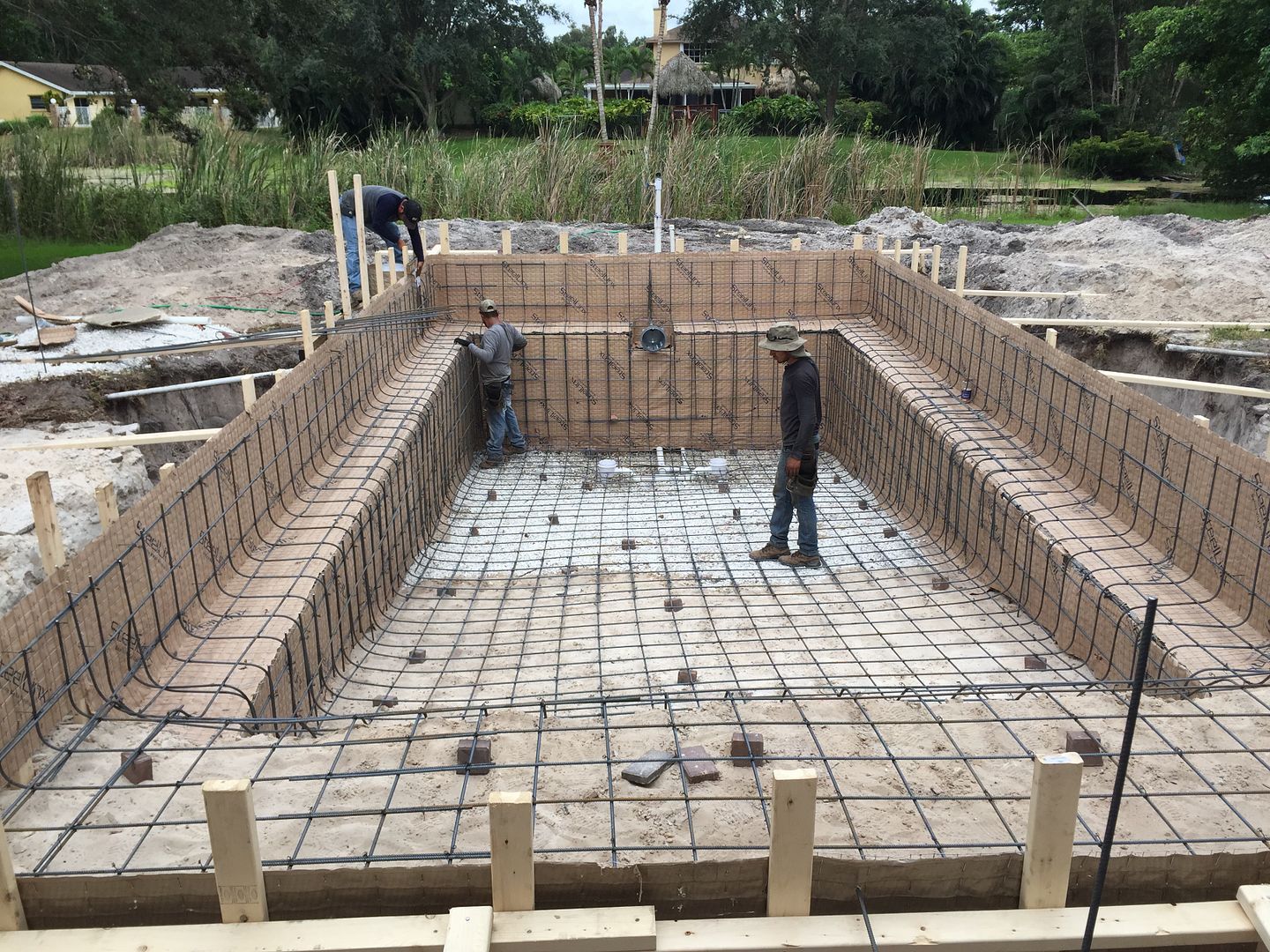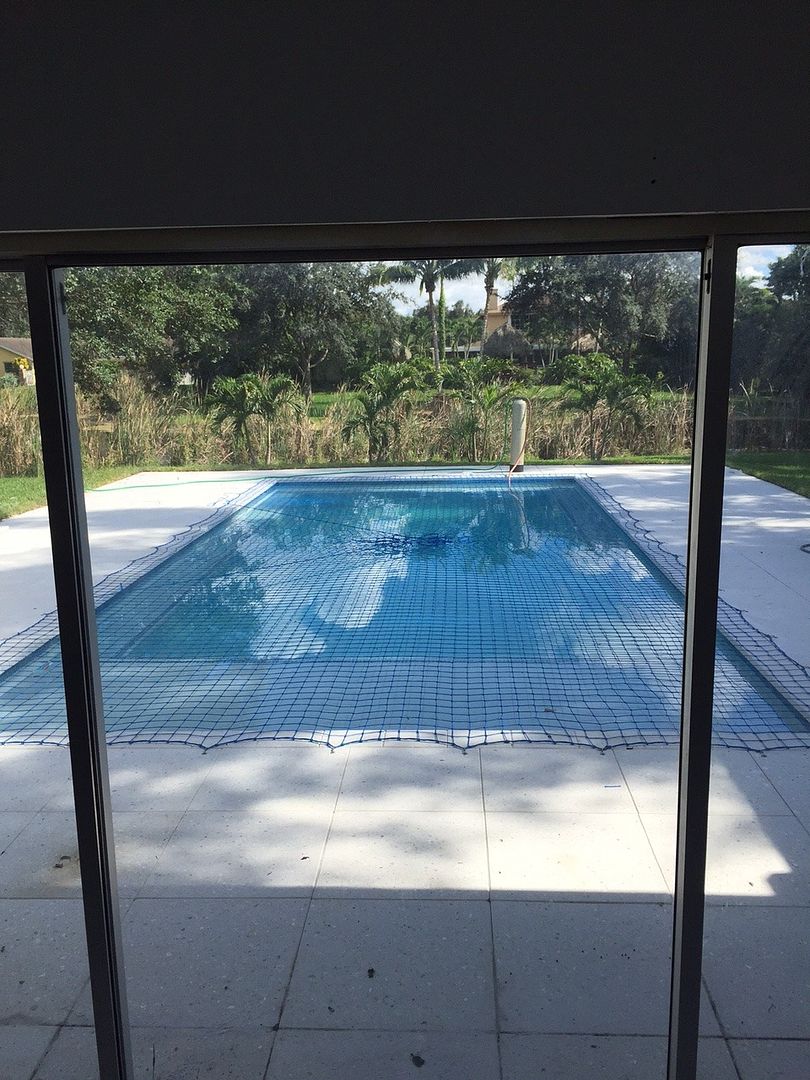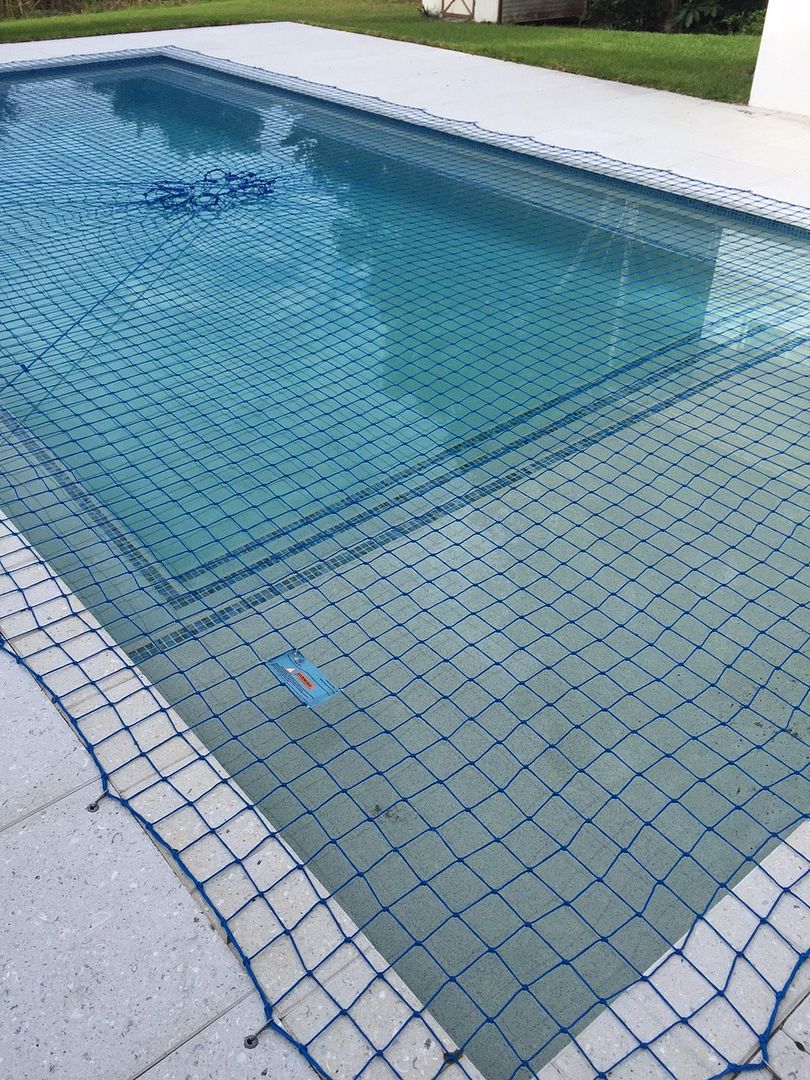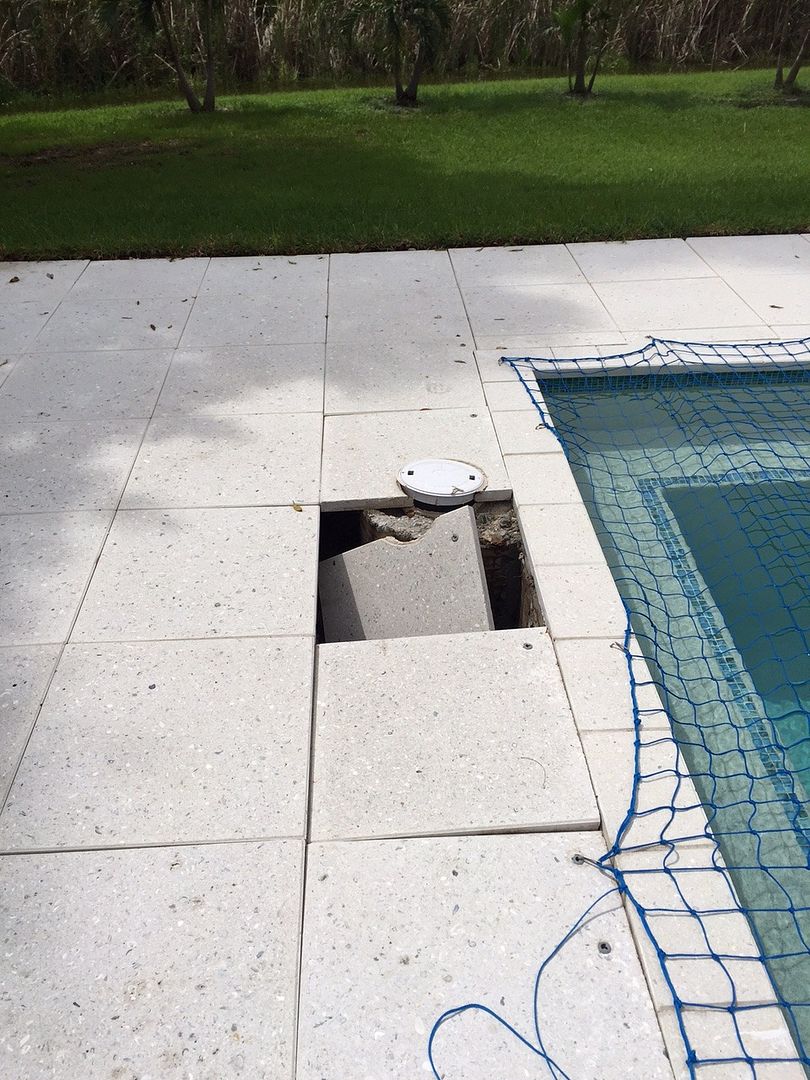Hiyathere,
My pool was just finished about a month ago. It's my first pool build and my first house. Acquired a little less than two years ago. The build time was ok although there were a few problems once finished. The pavers along one of the sides caved in due to improper filling around the pool I presume and I had an algae problem from the very beginning. Not knowing much about water chemistry I relied on a company the pool builder provided for a first free month of maintenance. They turned out to be completely incompetent. After much scrubbing and playing with muriatic acid and chlorine levels the problem seems to be fixed. I need to learn more about water chemistry though so that's the main reason I am here. Oh and I would also like to add a solar water heater at some point. At the moment it hais none.
Pool is 32x17 ft. Simple rectangular shape. It has a 4 foot wide / 8" deep shallow area and a 18" all around bench. You can get in and out of the water on any point of the pool. No pool ladders needed. Although it decreases the swimming area, it provides for a lot of convenience and also space to chill out.
Although it decreases the swimming area, it provides for a lot of convenience and also space to chill out.




Pavers after caving in (Sink hole?)


My pool was just finished about a month ago. It's my first pool build and my first house. Acquired a little less than two years ago. The build time was ok although there were a few problems once finished. The pavers along one of the sides caved in due to improper filling around the pool I presume and I had an algae problem from the very beginning. Not knowing much about water chemistry I relied on a company the pool builder provided for a first free month of maintenance. They turned out to be completely incompetent. After much scrubbing and playing with muriatic acid and chlorine levels the problem seems to be fixed. I need to learn more about water chemistry though so that's the main reason I am here. Oh and I would also like to add a solar water heater at some point. At the moment it hais none.
Pool is 32x17 ft. Simple rectangular shape. It has a 4 foot wide / 8" deep shallow area and a 18" all around bench. You can get in and out of the water on any point of the pool. No pool ladders needed.




Pavers after caving in (Sink hole?)



